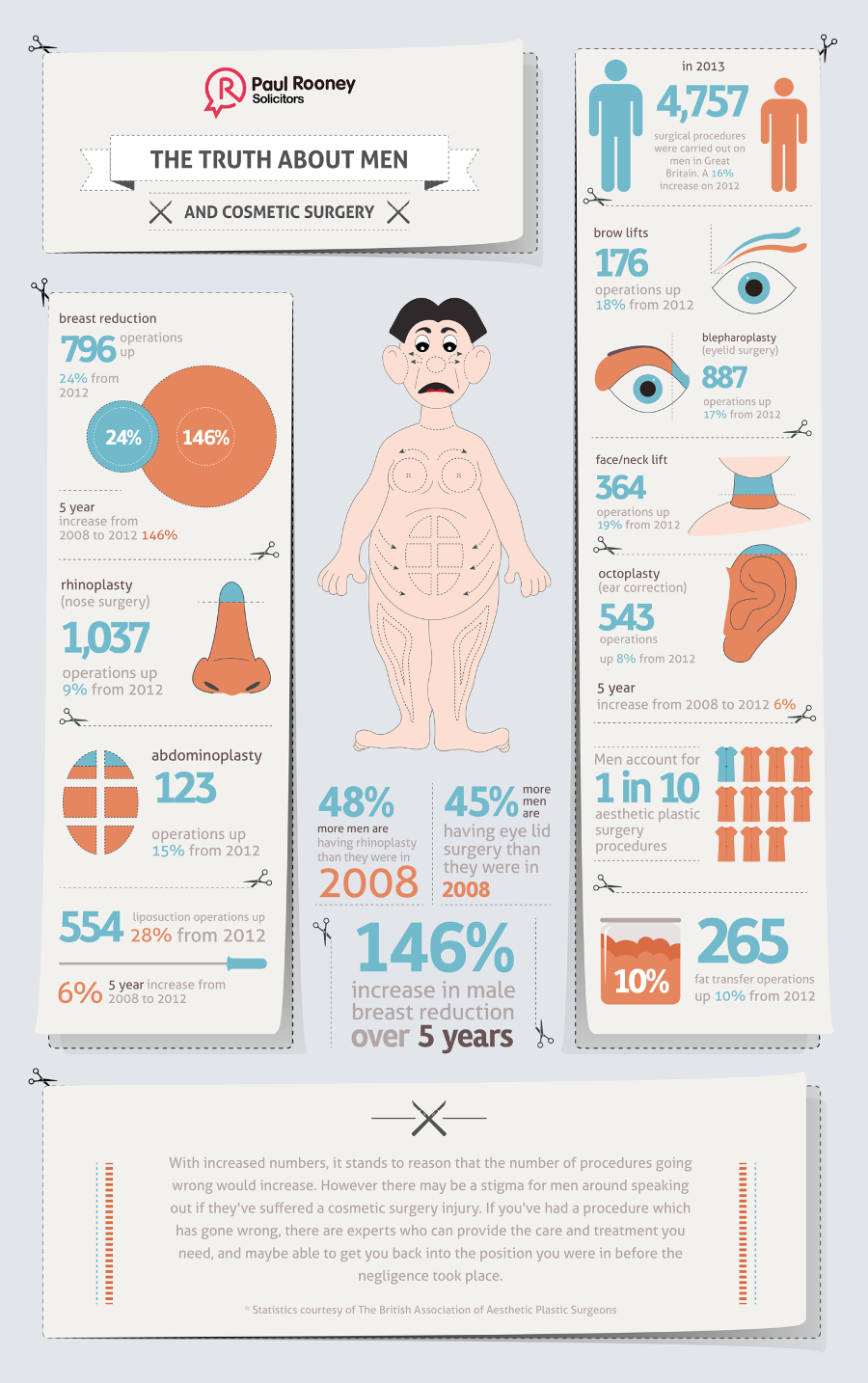Teenage Vs Adult Acne Differences
Teenage Vs Adult Acne Differences
Blog Article
Acne on Different Parts of the Body
Acne doesn't just impact your face, it can appear anywhere you have oil glands. These include the upper body, shoulders and back. Likewise referred to as bacne, it can be just as undesirable and painful as face acne.
Both males and females can develop blackheads and whiteheads on these body areas as well as pimples. These include Papules topped with pus-filled lesions and serious nodular cystic acne.
Face
Acne happens when your pores obtain obstructed with oil, dead skin cells and microorganisms. These build-ups produce inflammatory lesions called pimples, or spots. Acne lesions include blackheads, whiteheads and papules, which are sore, pink or red bumps that are filled with pus (also known as inflammatory papules). They may likewise include nodules, which are hard, uncomfortable, pus-filled swellings and cysts, which are deep and commonly leave marks.
While acne postures no significant hazard to your health, it can be uncomfortable or embarrassing, particularly if you have severe acne that causes scarring. It usually appears during the teenage years and can last for 3 to 5 years.
Back
Acne on the back, also called bacne, can base on the shoulders and top back. This sort of acne creates when skin hair pores obtain obstructed with dead skin and sweat or oil created by the sweat glands. These stopped up pores can cause whiteheads, blackheads, acnes, papules, cysts or blemishes.
The shoulder and back have a lot more sebaceous glands than the face, making them vulnerable to acne outbreaks. Teenagers and expectant females might have extra back acne as a result of hormone adjustments. Rubbing from ill-fitting clothes and backpacks, as well as entraped sweat, can get worse the problem.
Basic way of life techniques can aid handle bacne and stop future episodes, such as bathing after workout and cleaning linens frequently. Non-prescription topical cleansers and creams with salicylic acid or reduced concentrations of benzoyl peroxide can eliminate excess oil and unclog pores.
Chest
Like face acne, upper body outbreaks take place anywhere oil glands are focused. They are most typical in areas where sweat can get entraped such as in skin folds up. It can establish in both males and females of any ages.
Acne on the breast can occur when excess sebum blends with dead skin cells and microorganisms blocking hair follicles and pores. The chest is prone to this due to the fact that it has even more oil glands than other parts of the body.
Excessive sweating adhered to by a failing to clean, fragrant perfumes or colognes, irritant active ingredients in skin treatment products and medications like steroids, testosterone supplements and mood stabilizers can all add to upper body outbreaks. Any person with a relentless upper body outbreak should talk to their doctor or skin doctor.
Buttocks
While it's seldom talked about, acne can occur anywhere on the body which contains hair roots. Stopped up pores and sweat that gather in the butts can lead to booty acnes, particularly in women that have hormonal inequalities like polycystic ovary disorder. Getting to the root of the trouble calls for a complete examination by a board-certified dermatologist.
Imperfections on the buttocks can be as a result of a range of conditions, consisting of keratosis pilaris and folliculitis. They look like acne as a result of their flushed appearance, but they're normally not really acne. People can stop butt acne by wearing loosened clothes and bathing often with antibacterial soap or a noncomedogenic cleanser.
Arms
While even more research is required, it's possible that acne on the arms might be set off by hormone changes or inequalities. Hormonal variations can set off excess oil manufacturing, resulting in outbreaks. Friction from limited clothes or too much rubbing can additionally irritate the skin, adding to arm acne.
If what resemble acne on the arms is red, splotchy and itchy, it might actually be hives or dermatitis. If you are unsure, speak to a skin doctor to get to the bottom of what's triggering your signs and symptoms.
Washing the skin regularly, particularly after sweating or exercising, can help maintain arm acne at bay. Subjected Skin Treatment provides a body clean that is gentle on the skin and aids prevent inflammation and unblocks pores.
Legs
Although the face, back and upper body are the most typical areas to get acne, the problem can show up anywhere that hair follicles or oil glands exist. These consist of the groin, upper arms, and legs.
Unlike the bumps that show up on your cheeks and temple, the bumps on your leg are usually not acnes but instead inflamed, red roots called folliculitis. Acne on the legs can be brought on by hormonal modifications, sweat and rubbing, or a diet high in dairy read more products and sugar.
If you have folliculitis, your bumps might look like blackheads (open comedones that show up black as a result of oxidation of sebum and dead skin cells) or whiteheads (closed comedones that are defined by tiny, dome-shaped papules). Your blemishes can likewise show up as red or pink pus-filled lesions called pustules or nodules and cysts.